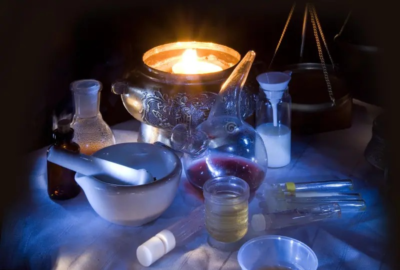Quartzite
- Quartzite is a hard, non-foliated metamorphic rock originally formed from pure quartz sandstone. Through the process of high heat and pressure, the quartz grains in the sandstone recrystallize to form a dense, durable rock with a glassy or sugary appearance. Its color is typically white or light gray, but impurities can result in shades of pink, red, yellow, or even blue and green.
- Quartzite is often used in construction and as a decorative stone due to its strength and resistance to weathering. It is harder than granite, making it highly resistant to abrasion, making it a popular choice for countertops, flooring, and exterior cladding in both residential and commercial applications.
Quartzite is a natural metamorphic rock formed when quartz-rich sandstone undergoes intense heat and pressure within the Earth’s crust. The process causes the quartz grains to fuse together, creating a hard, dense, and durable rock with a non-foliated structure. Quartzite has a distinct crystalline texture and is typically harder than granite due to the Product 14 recrystallization of quartz during metamorphism. It often appears in colors such as white, gray, pink, or reddish due to impurities like iron oxide.

Applications of Quartzite
1. Construction Material:
Countertops and Flooring: Due to its hardness and resistance to heat, scratching, and staining, quartzite is popular for kitchen countertops, bathroom vanities, and flooring.
Wall Cladding and Exterior Facades: Its durability and aesthetic appeal make it suitable for outdoor applications, like cladding for buildings or decorative stone.
Paving and Roofing: Quartzite’s toughness makes it a good choice for outdoor pavers, steps, and even roofing tiles.
2. Industrial Uses:
Glass Manufacturing: Quartzite, with high silica content, is used in the production of glass.
Foundry Sand: It is used in foundries to create molds due to its high heat resistance.
Silicon Production: The silica from quartzite is a key raw material in the production of silicon, which is used in electronics, solar panels, and as an alloying agent in the metal industry.
3. Decorative Uses:
Landscaping: Quartzite is often used as decorative stones, garden pathways, and water features due to its natural beauty and variety of colors.
Sculptures and Monuments: Its durability and fine grain make it suitable for carving and artistic purposes.
| S.No | List of Parameters | Results (%) | |
|---|---|---|---|
| 1 | Electrical Conductivity | EC | 4 µs/cm |
| 2 | Silica | SiO2 | 99.88 |
| 3 | Aluminum | Al | 0.012 |
| 4 | Iron | Fe | 0.018 |
| 5 | Potassium | K2O | 0.004 |
| 6 | Sodium | Na | 0.005 |
| 7 | Loss on Ignition | - | 0.05 |
| Physical Properties | |||
| 8 | Hardness | 7 | Mohs Scale |
| 9 | bulk Density | 1.5 to 1.6 | g/cm3 |
| 10 | Specific Gravity | 2.65 | |
| 11 | Moisture Content | Negligible | Non-Porous |
| 12 | Melting Point | 1650 to 1730 | Degree |
Characteristics of Rose Quartz
Color:
- Rose quartz exhibits a range of pink shades, from very pale to deep, rosy pink. The pink color is typically due to trace amounts of titanium, iron, or manganese within the mineral’s structure.
Transparency:
- Typically translucent, meaning light passes through it but not clearly. Rare specimens can be semi-transparent or even nearly transparent, making them highly valuable for jewelry.
Luster:
- Rose quartz has a vitreous (glass-like) to greasy luster, giving it a shiny surface that enhances its visual appeal when polished.
Hardness:
- Rose quartz has a hardness of 7 on the Mohs scale, which means it is relatively hard and resistant to scratches, making it suitable for various uses, including jewelry.
Chemical Composition:
- The chemical formula for rose quartz is SiO₂ (silicon dioxide). The pink color is due to trace elements like titanium, manganese, or iron, which replace silicon in the crystal lattice.
Crystal Structure:
- Quartz, including rose quartz, has a hexagonal crystal structure. However, rose quartz rarely forms well-defined crystals and is more commonly found as massive formations.
Packing Available












